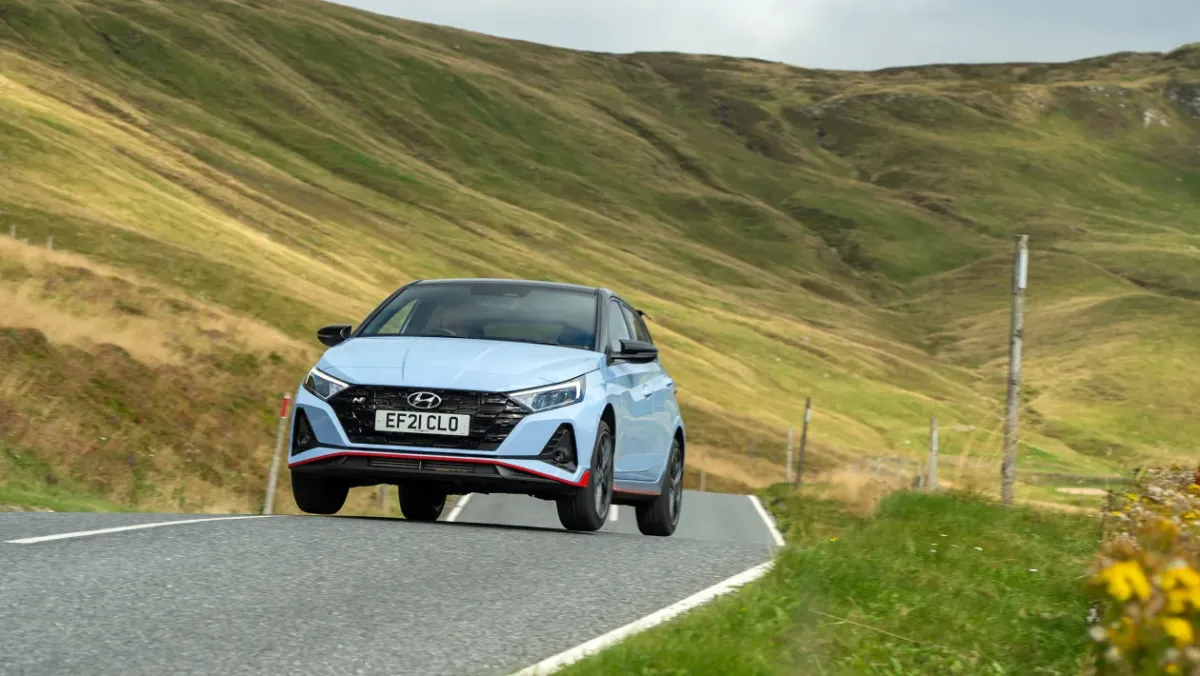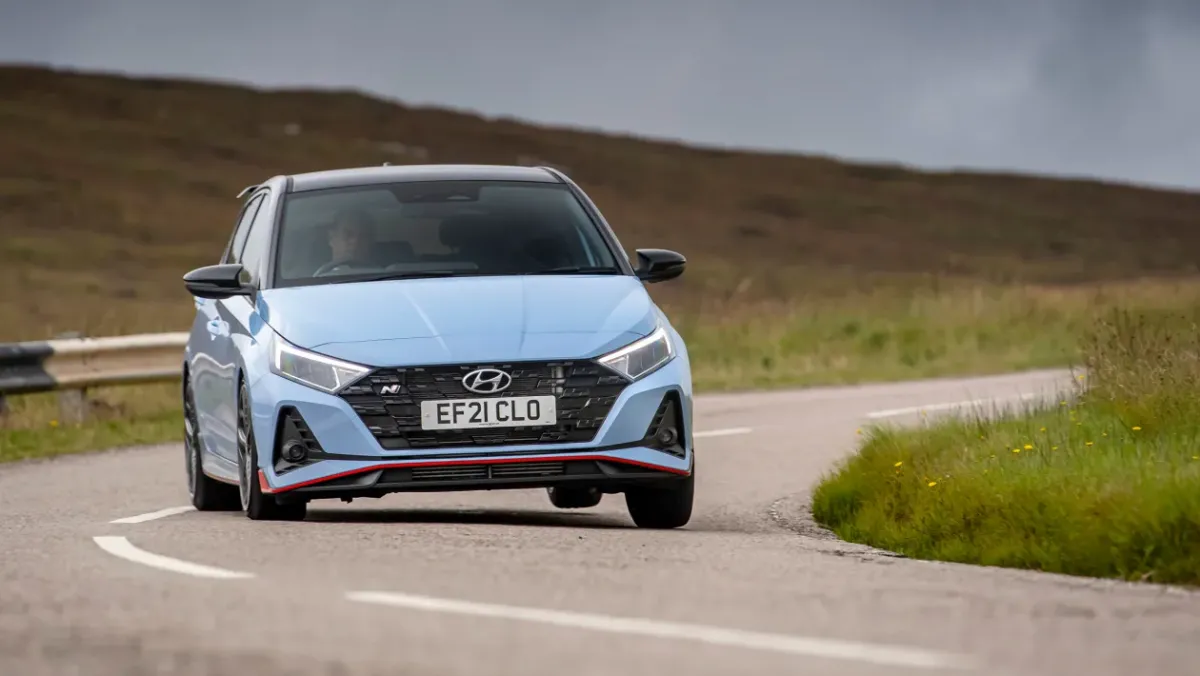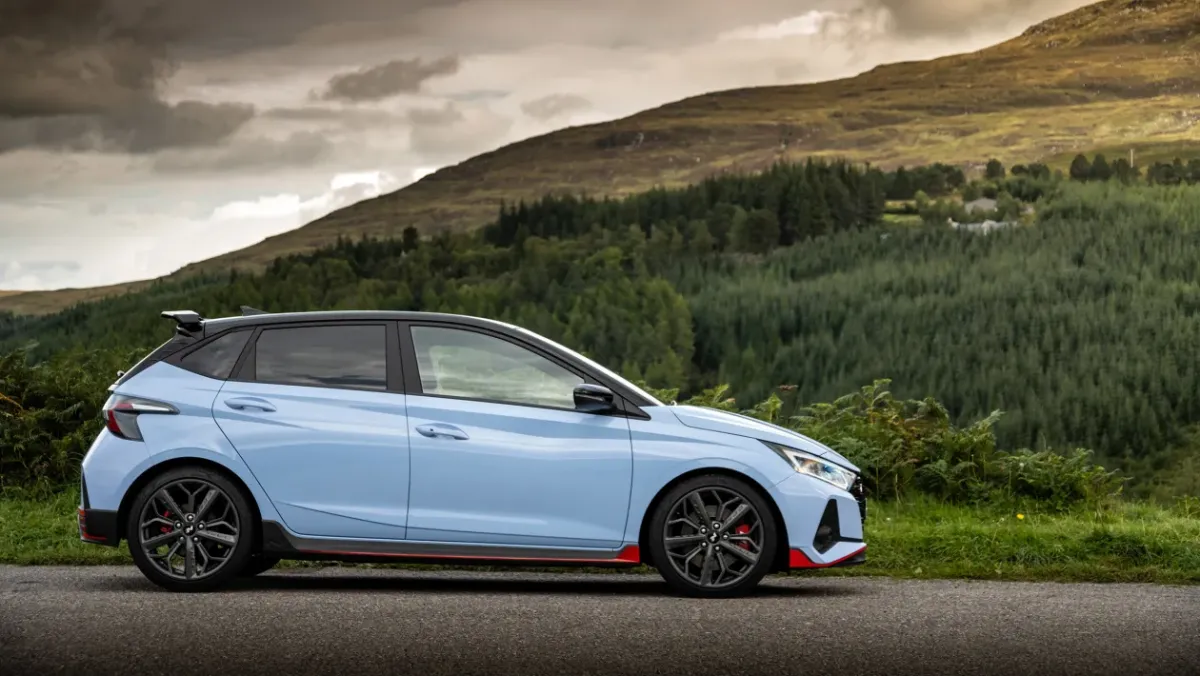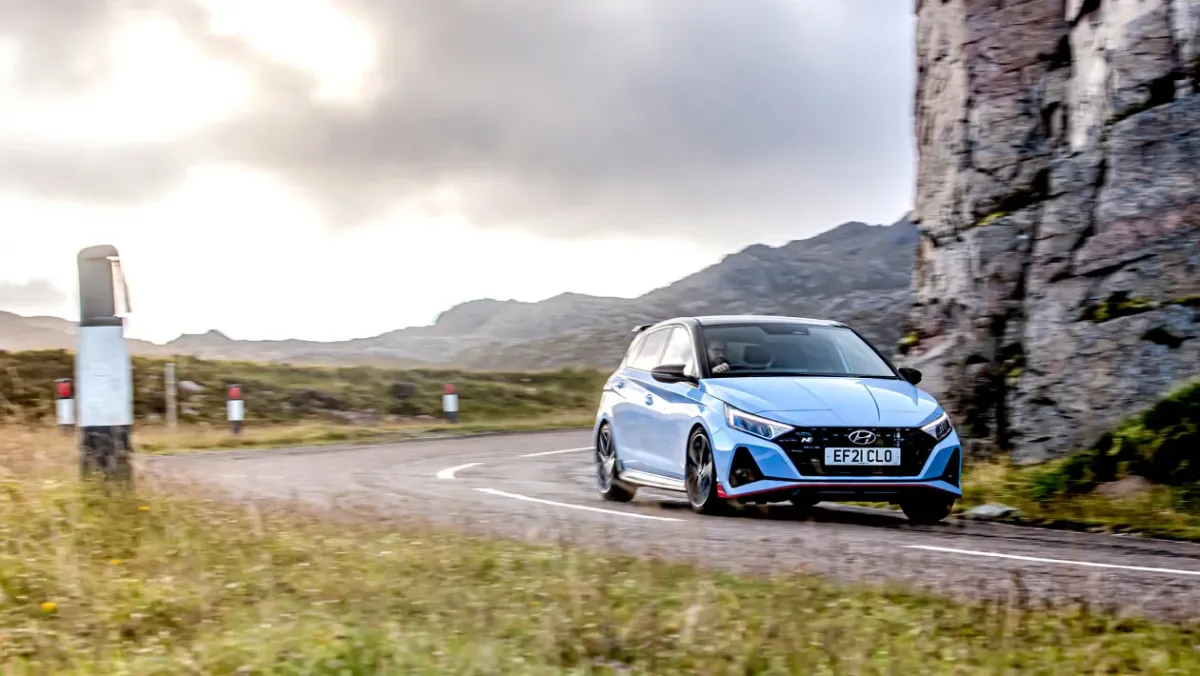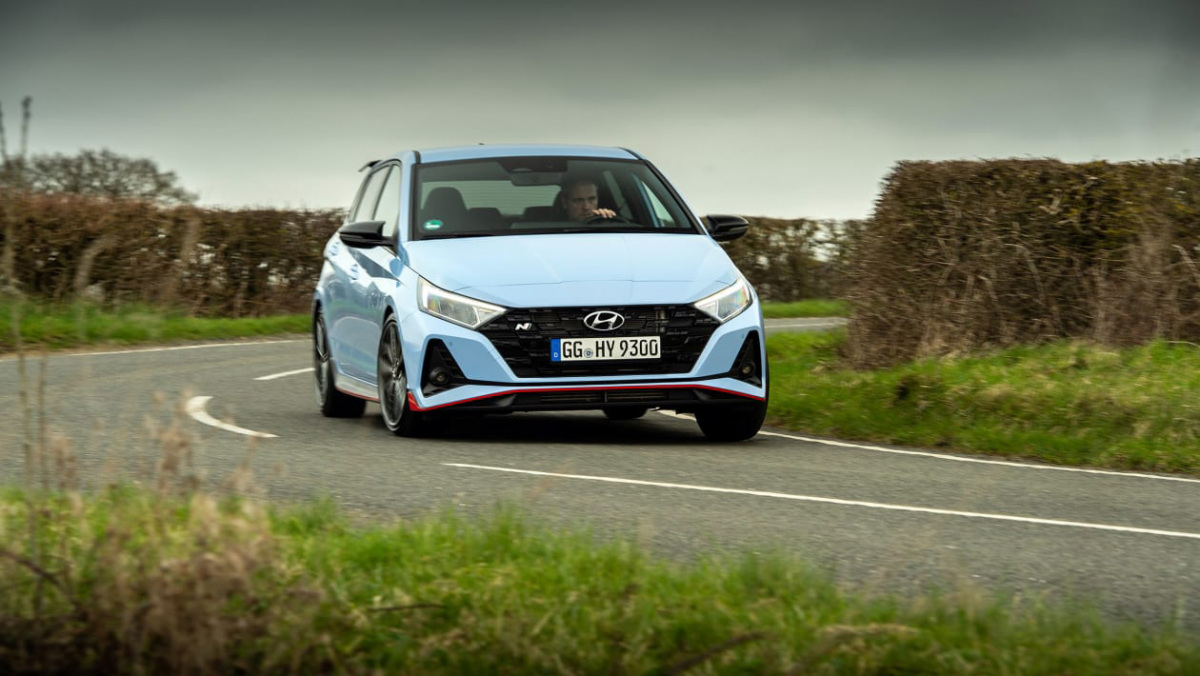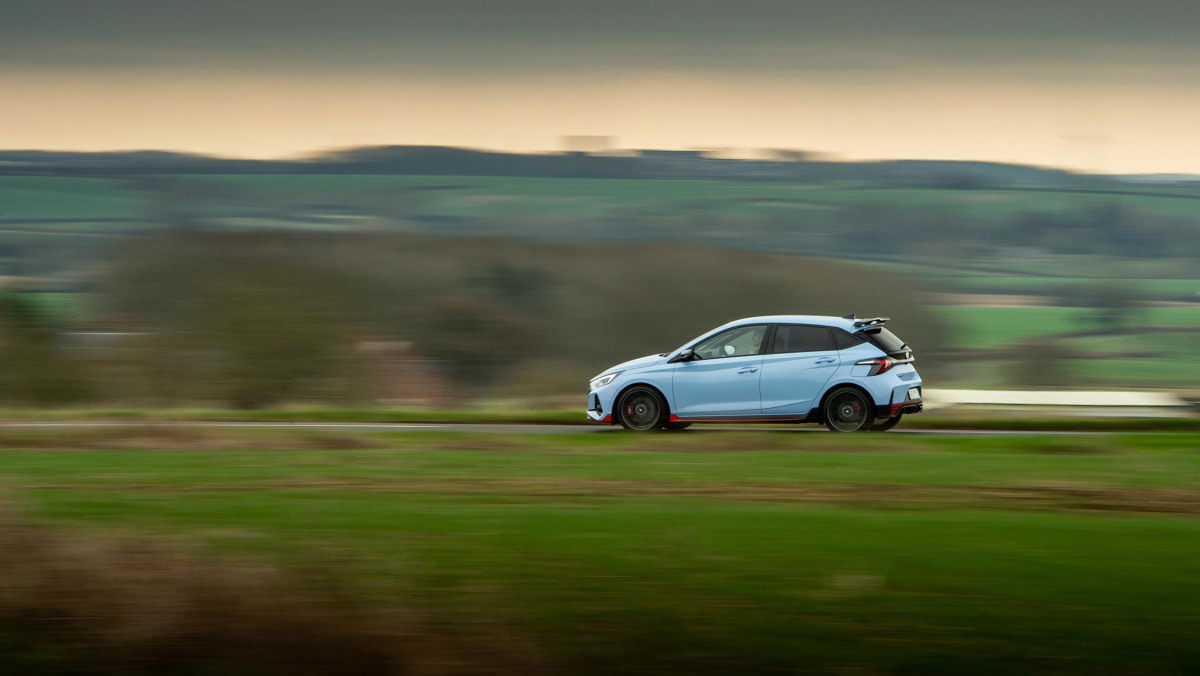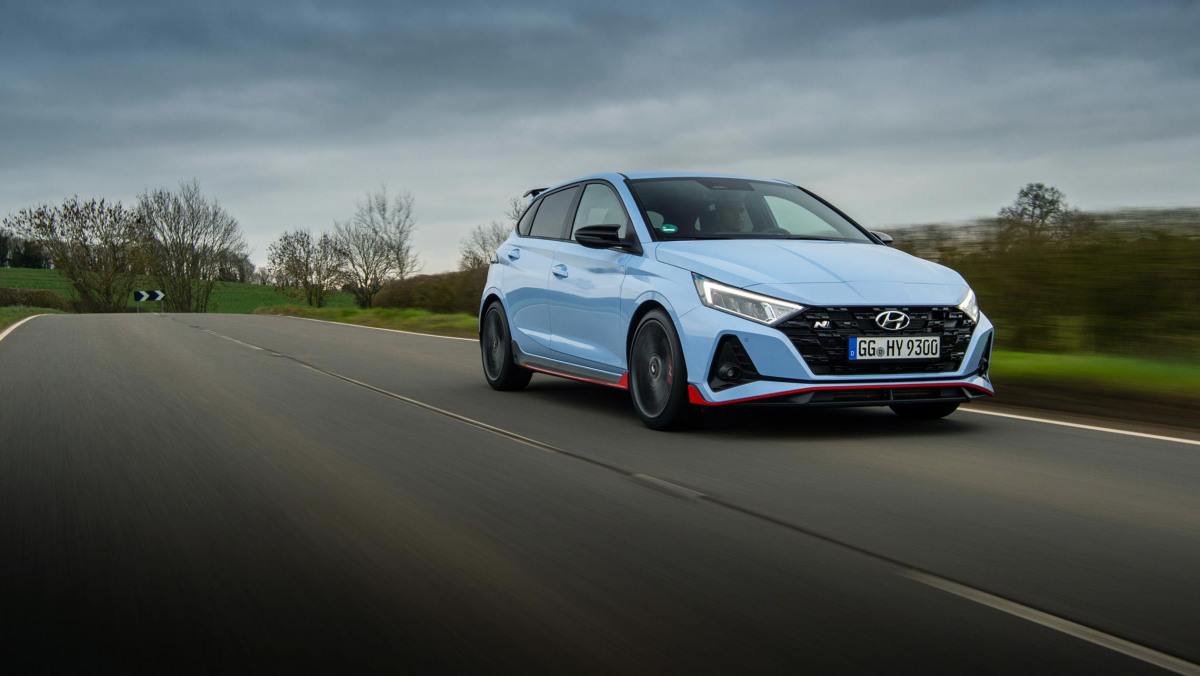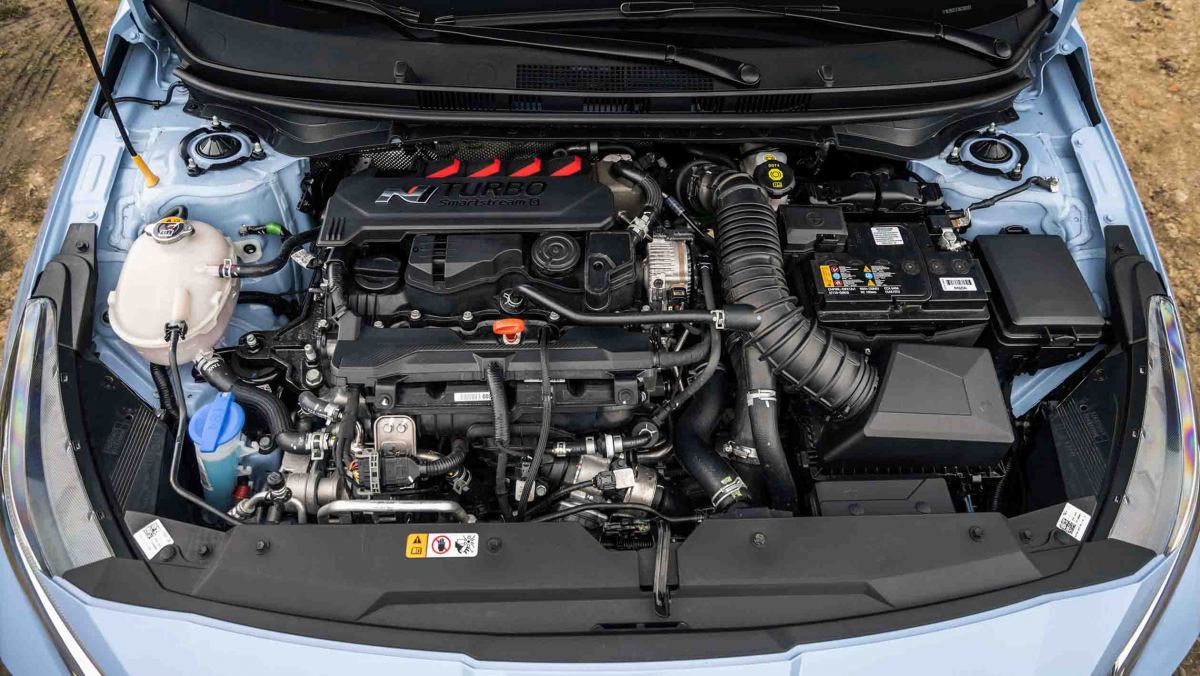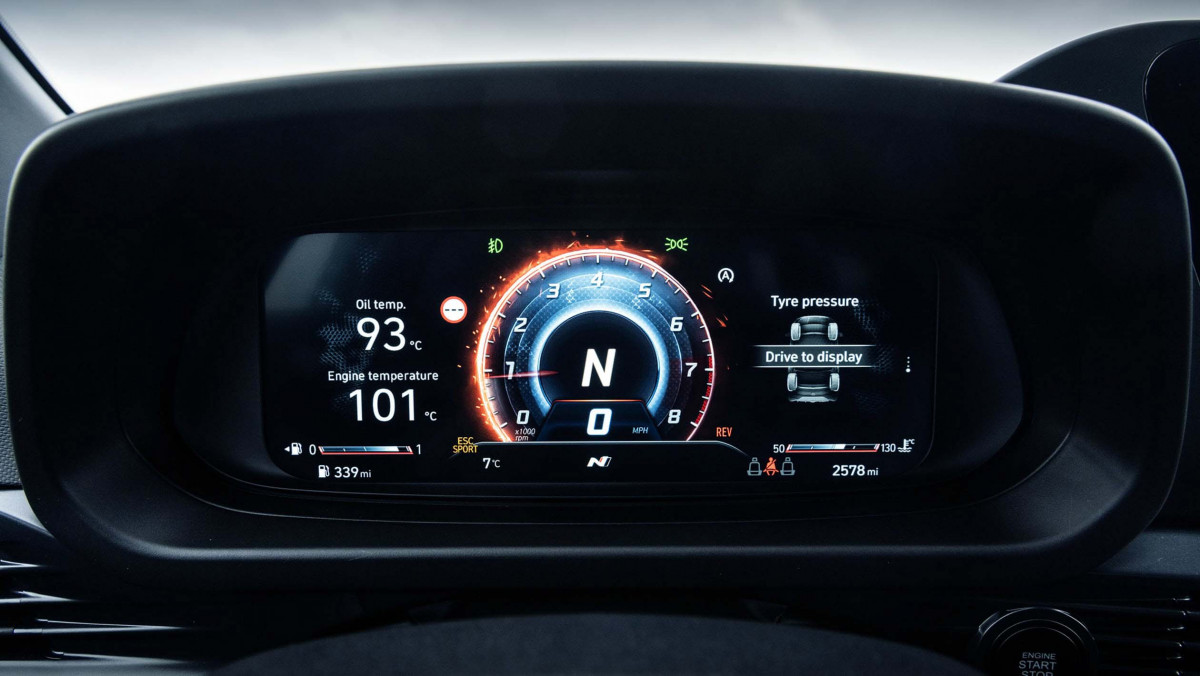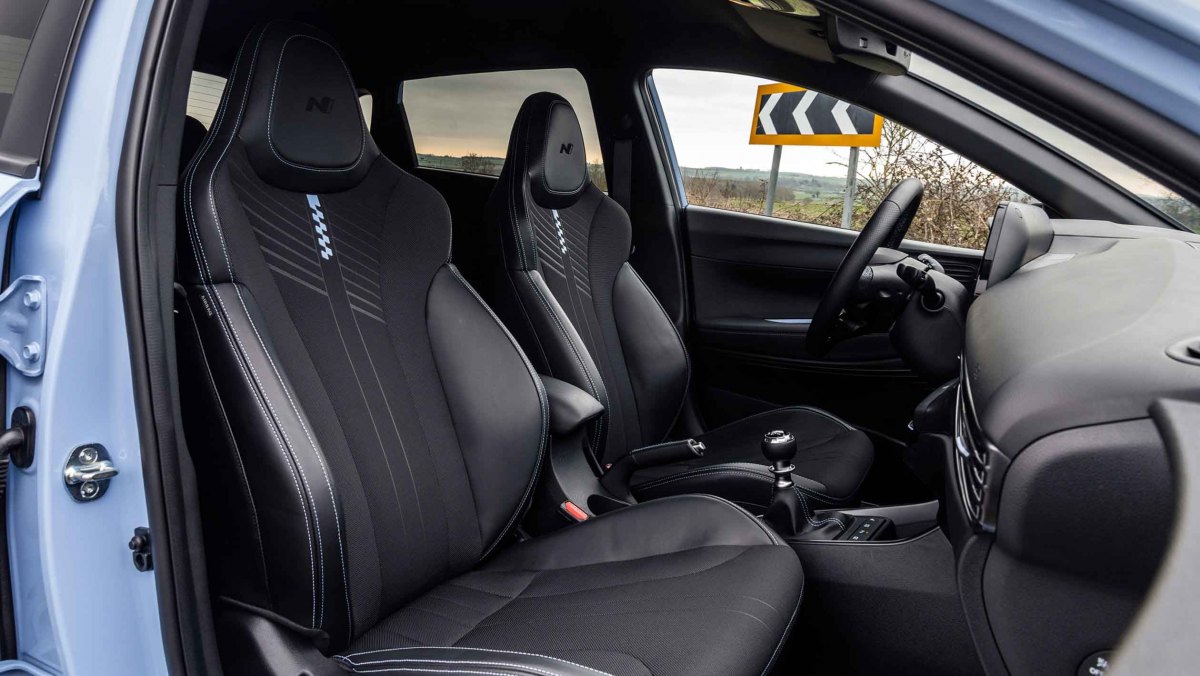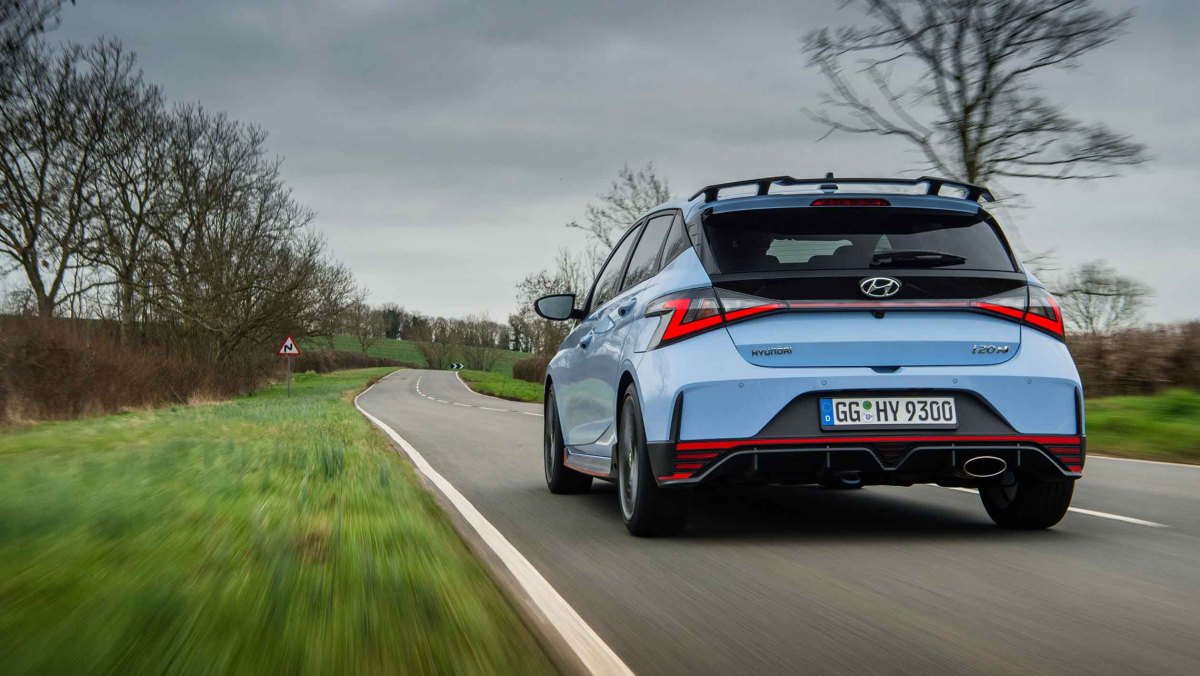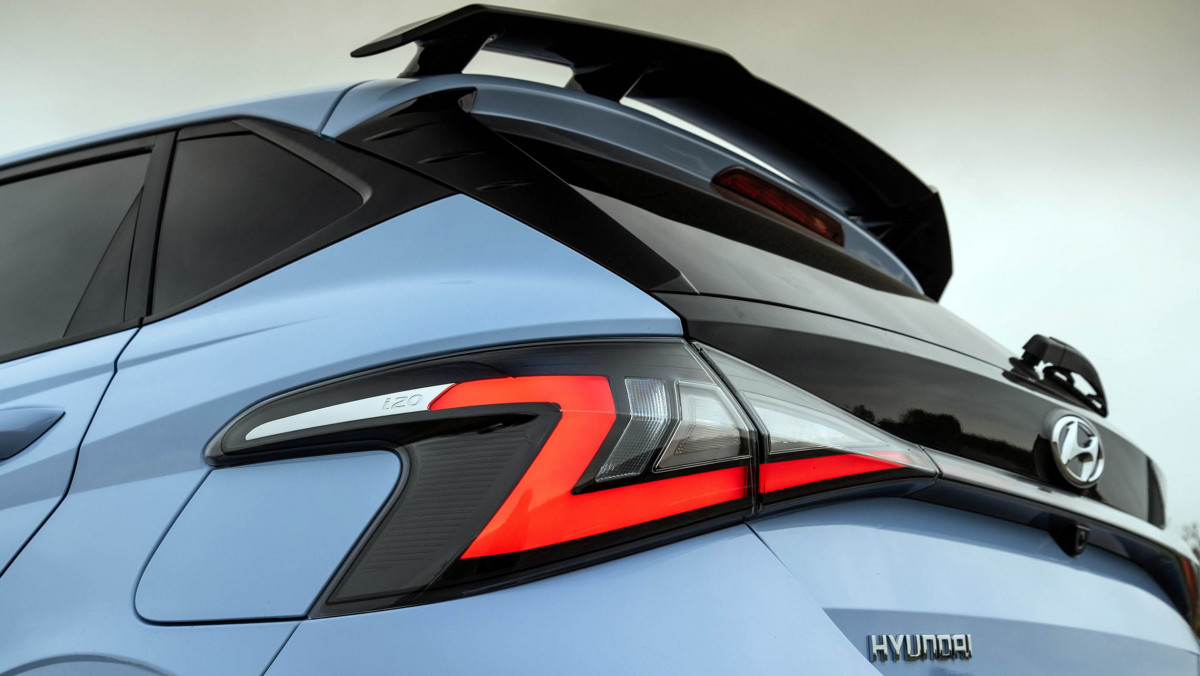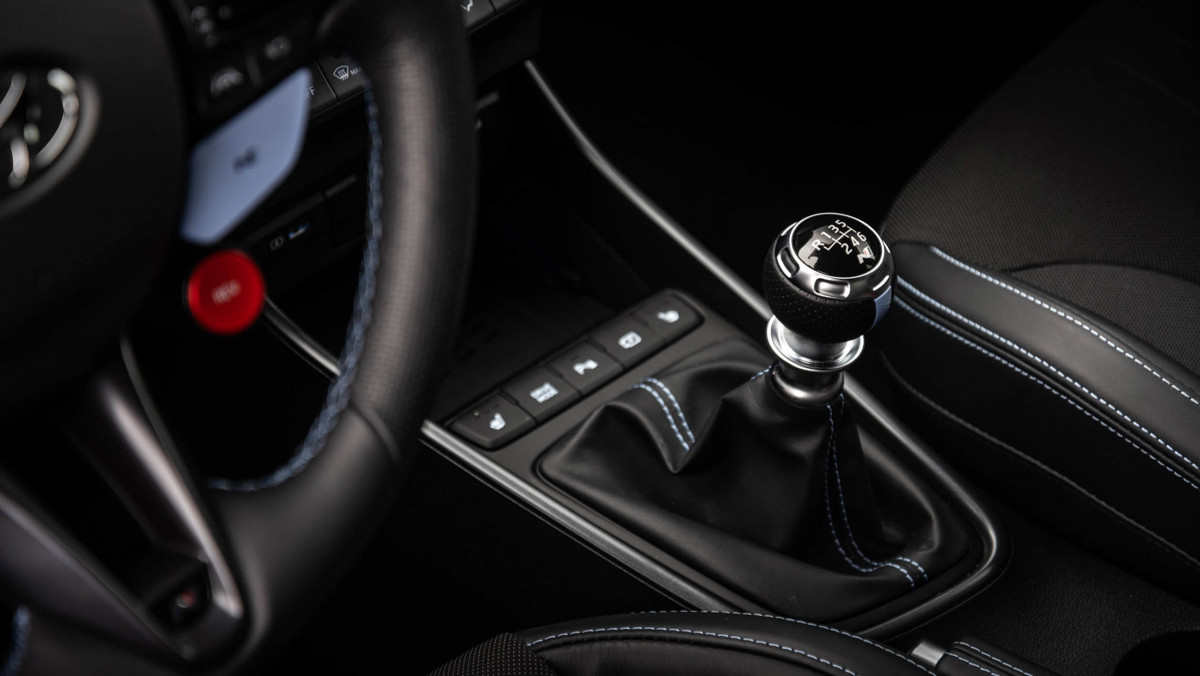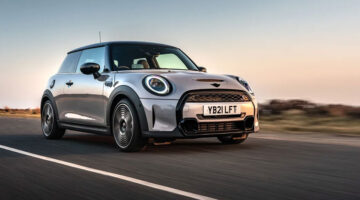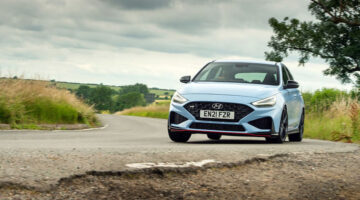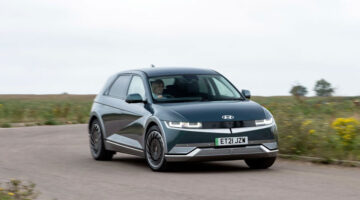An inspiring new hot hatch from Hyundai N. Agile, and with a limited slip differential that offers superb mid-corner traction, it’s a formidable Fiesta ST rival.
| Corner speed, punchy engine, interior ambience | |
| Firm ride may be too much for some, that rear wing may be too much for some |
We weren’t quite sure what to expect when Hyundai unveiled its N brand, a dedicated performance department created with developing genuine enthusiast versions of the firm’s regular vehicles. But the resulting i30 N left us in no doubt whatsoever that the N team, headed by ex-BMW M man Albert Biermann, knew exactly what they wanted to achieve, and how to achieve it. The car has rapidly become an our favourite, delivering a broad spread of abilities with the depth of character and involvement that can only be achieved with a car developed by enthusiasts for enthusiasts.
Now, N has turned its attention to the supermini class with its new i20 N. Based on the fresh i20 supermini, and with the positive response of its big brother still ringing in its ears, will it suffer from that difficult second album syndrome, or can N really take on and beat the Fiesta ST at its own game?
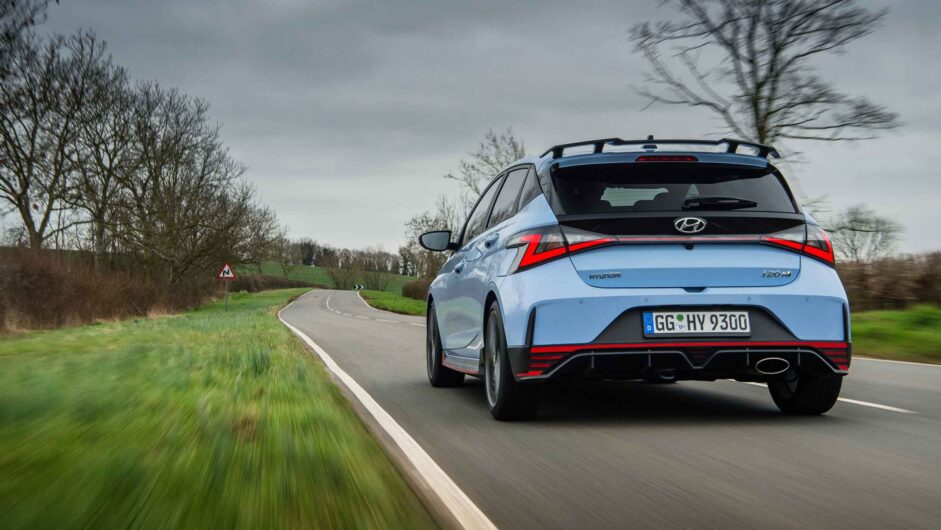
Engine, transmission and 0-100 time
The i20 N uses an existing Hyundai 1.6-litre turbocharged four cylinder engine, but features a re-worked turbocharger and intercooler installation to make 201bhp and 203lb ft of torque. The unit features direct injection and a variable valve duration system, and delivers its peak torque from just 1,750rpm.
The only gearbox choice is a six-speed manual, with drive passing through a Torsen-style mechanical limited slip differential that’s standard fit in the local market. No performance figures have been released yet by Hyundai, but the current Fiesta ST reaches 100kph from rest in 6.5 seconds and tops out at 231kph, and the i20 N subjectively feels as quick if not even quicker than that.
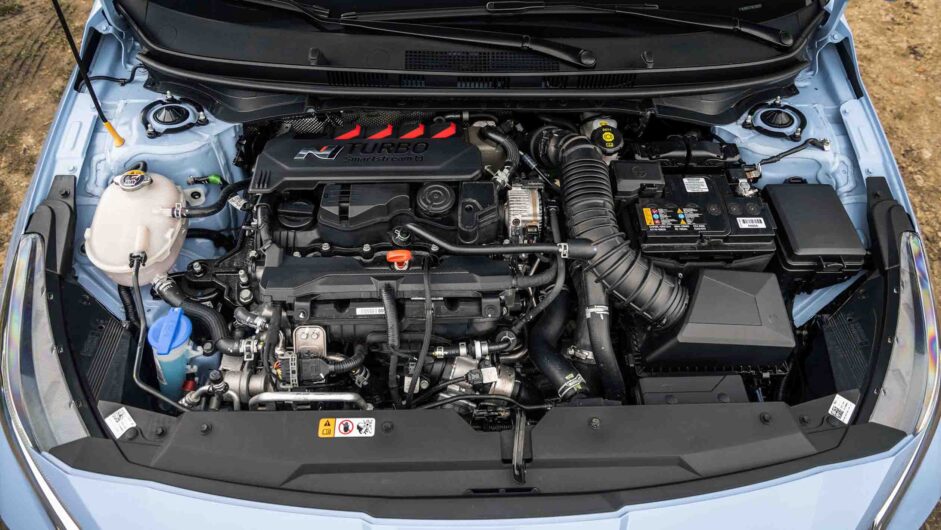
Technical highlights
The i20 N is five-door only, with a shell strengthened at the front subframe, at various weld points and via a brace in the luggage area. The clutch and transmission have been strengthened to cope with the increased loads (and the launch control software), while the chassis sits 40mm lower than a regular i20 with much stiffer springs and firmer dampers, plus reinforced suspension joints.
Visually, you won’t be hard pressed to spot an i20N – even if it’s not in the trademark Performance Blue colour. The 18-inch wheels are finished in anthracite grey, there’s a sizable rear wing sprouting from the roof and skirts and slats aplenty. Not to mention the red pinstriping. Inside, there are N-branded bucket seats, and a slickly designed cockpit that features two digital screens – one for the driver’s binnacle, and a larger touchscreen for the infotainment setup. The overall ambience is several rungs above that of the Ford.
As with the i30N, there are driver modes aplenty, but this time they can be accessed by two N paddles mounted low down on the wheel as well as a driver mode button on the centre console. As well as Eco, Normal and Sport, there is N mode and N Custom 1 and 2, the latter pair allowing the driver to tailor the car to their taste. Driver modes are nothing new, but N has shown that it understands how to make them both accessible and easy to configure. The exhaust is valved so there are settings for that, as well as the engine, steering weight and the rev match function (that can be switched off if you’d rather do it yourself). What you won’t find is any setting for the suspension setup, because the i20 N uses passive damping.
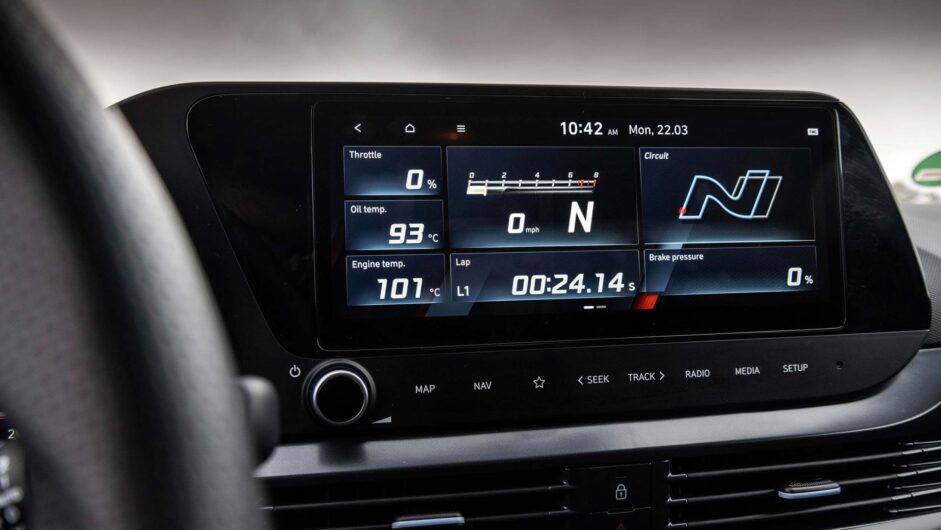
What’s it like to drive?
The i20 N gets the basics right from the start. The seats are supportive, and thankfully not set too high. The steering wheel has a nice feel to it, and while there’s always a risk that digital instrumentation is overelaborate just because it can be, in this instance it’s clear and attractive. Switch to the N mode and the rev counter gains prominence, but with oil and coolant temps equally easy to read. It’s a small touch, but it shows N understands what a driving enthusiast wants to know.
Even from the first few yards you can sense how taut the i20N feels; solid of shell, and firm of suspension. In a modern world where many of the larger hot hatchbacks can feel like everyday luxury cars when so configured from the driver’s seat, the i20 N – much like the Fiesta ST it must be said – makes no apology for being firm riding. In that regard it feels like a hot hatch from the old school, an effect amplified by its low weight (1,200kg) and small size. It feels nimble and agile – a car you want to throw around right away, albeit one that details the complete picture of the road’s surface through to the cabin.
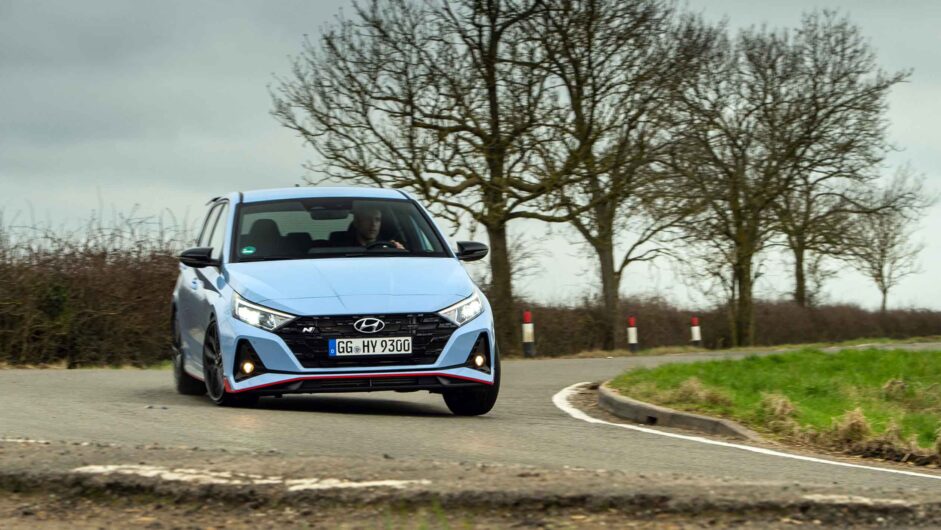
Switch to N mode and the car really comes to life, a flickering red flame effect around the rev counter signifying much sharper throttle response, more weight to the steering and the pops, growls and bangs of the exhaust. Soon I’m into Custom mode, tweaking it slightly by going back a step on the steering weight and switching off the ESP – it’s all very easy to achieve. The little 1.6-litre engine rips through the rev range, pulling from low revs with vigour but also building revs in a fizzy, boost-heavy way. The shift quality is direct, but allows very fast changes, while the brakes offer a nicely firm pedal feel.
Brake hard for a 90-degree corner and turn in: the rear of the i20 steps out a few degrees but in a very predictable, controllable fashion, while the inside rear wheel hangs in the air. The car is now nicely turned in, ready for an application of power – except that the first time you do so doesn’t produce quite the effect you might be expecting. Instead of holding its line, or pushing wide under power, the diff drags the nose tighter into the corner and round. It’s an exhilarating feeling, because even if you feel you’re working right up to the limits of the chassis the car always seems to be able to generate more grip than you had imagined precisely at the point you want to get on the power.
The process is repeated all the way along a good B road. The sheer amount of traction mid corner that the i20 N can generate from its bespoke Pirelli P Zero tyres is startling, and on this early evidence seems to position the car as a true giant killer. It’s power and performance are entirely adequate, but it’s the cornering speed that sets it apart.
Price and rivals
Of course, a hot hatch needs to be a lot more rounded than that, and while the i20N is from a smaller class it doesn’t feel cramped inside, and the cabin design and equipment sheet are very grown up. It’s a car that easily gets under your skin.
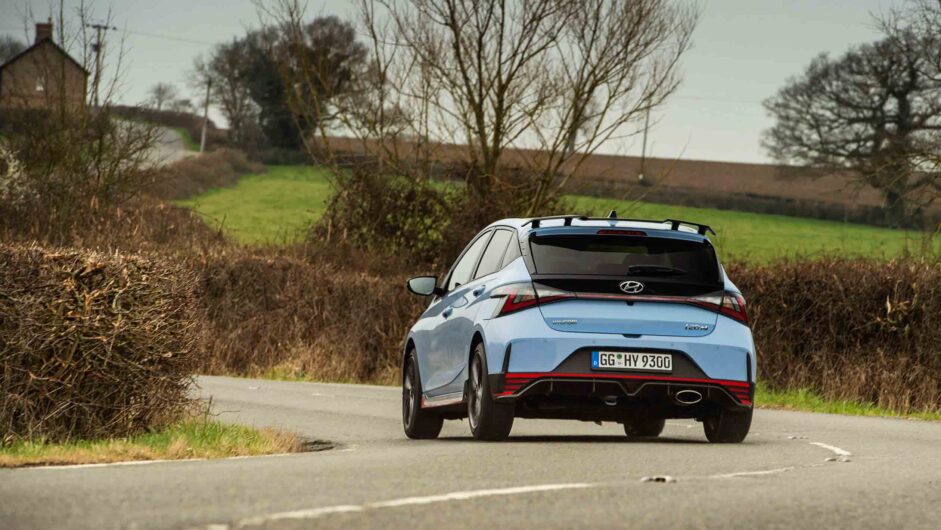
Sadly, this is a class that’s seen a decline in numbers over recent years, as the increasing weight of cars in general and the move to purchasing more expensive, more powerful cars on finance has bitten hard into the smaller hot hatchback’s territory.
The Renaultsport Clio is long gone, and Peugeotsport’s future looks to be electric. The Hyundai’s formidable rival will be the Ford Fiesta ST, which retails at $35,347 in equivalent five-door form. A twin test should establish which of these excellent cars will come out on top.
This article originally appeared at evo.co.uk
Copyright © evo UK, Dennis Publishing

